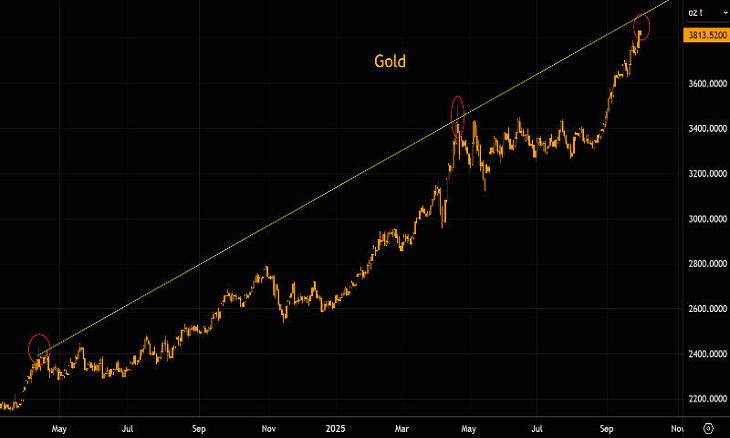As global concerns about climate change and environmental degradation intensify, renewable energy has emerged as a beacon of hope for a sustainable future. In 2025, the world is on the brink of a major energy transition, with renewable energy sources like solar, wind, hydroelectric, and geothermal gaining increasing traction. This blog explores the benefits of renewable energy, the latest trends, and why investing in renewable energy technologies is essential for our planet’s future.
What is Renewable Energy?
Renewable energy refers to power derived from resources that are naturally replenishing. Unlike fossil fuels, which take millions of years to form, renewable energy sources regenerate quickly and are abundant. These include:
- Solar Energy: Harnessed from sunlight using solar panels.
- Wind Energy: Generated from the movement of air through turbines.
- Hydropower: Uses water flow to produce electricity.
- Geothermal Energy: Derived from the Earth’s internal heat.
- Biomass: Organic materials converted into energy.
The Importance of Renewable Energy
Renewable energy plays a crucial role in the global push towards a more sustainable, eco-friendly energy landscape. Here’s why it matters:
- Reducing Carbon Emissions
The most significant advantage of renewable energy sources is their ability to reduce carbon emissions. Unlike fossil fuels, which release harmful pollutants into the atmosphere, renewable sources generate clean electricity, helping to mitigate the adverse effects of climate change. - Sustainable and Abundant
Solar and wind energy are particularly abundant and can be harnessed virtually anywhere on the planet. This makes them far more sustainable compared to depleting fossil fuels. As technology advances, renewable energy solutions continue to become more accessible and affordable. - Energy Independence
By utilizing renewable resources, nations can reduce their dependence on foreign oil and gas, improving energy security and stabilizing the global economy. Energy independence is a growing priority for countries looking to reduce vulnerabilities to global energy price fluctuations. - Job Creation
The renewable energy sector is one of the fastest-growing industries worldwide, offering numerous jobs in research, development, installation, and maintenance. For example, solar and wind power jobs alone are projected to employ millions by 2030.
Trends in Renewable Energy
As we move into 2025, several trends in renewable energy are set to shape the future:
- Solar Power Advancements
The cost of solar energy has decreased dramatically in recent years, making it one of the most affordable sources of renewable power. The growing adoption of solar panels for homes and businesses is creating a more decentralized energy grid, where individuals can produce and consume their own electricity. - Wind Energy Growth
Offshore wind farms are becoming more popular, particularly in coastal regions, where high winds provide an opportunity for increased energy production. Wind power is seen as a critical component of the clean energy mix in many countries. - Energy Storage Solutions
As renewable energy is intermittent, battery storage technologies are essential for providing consistent power. Innovations in energy storage, including large-scale batteries and hydrogen storage, are improving the efficiency and reliability of renewable sources. - Smart Grids and Decentralized Power
Smart grid technology is transforming the way electricity is distributed. It allows for the integration of renewable energy into the grid, efficiently managing supply and demand while reducing energy loss.
Conclusion
The shift towards renewable energy is not just a trend but an essential movement toward a cleaner, more sustainable planet. By investing in solar power, wind energy, and other renewable resources, we can reduce our carbon footprint, ensure energy security, and create new economic opportunities. As technology advances, renewable energy solutions will continue to evolve, bringing us closer to a world where clean energy is the norm.
By embracing these technologies now, we can build a future where the energy we use is not only abundant and sustainable but also helps preserve the Earth for future generations.





